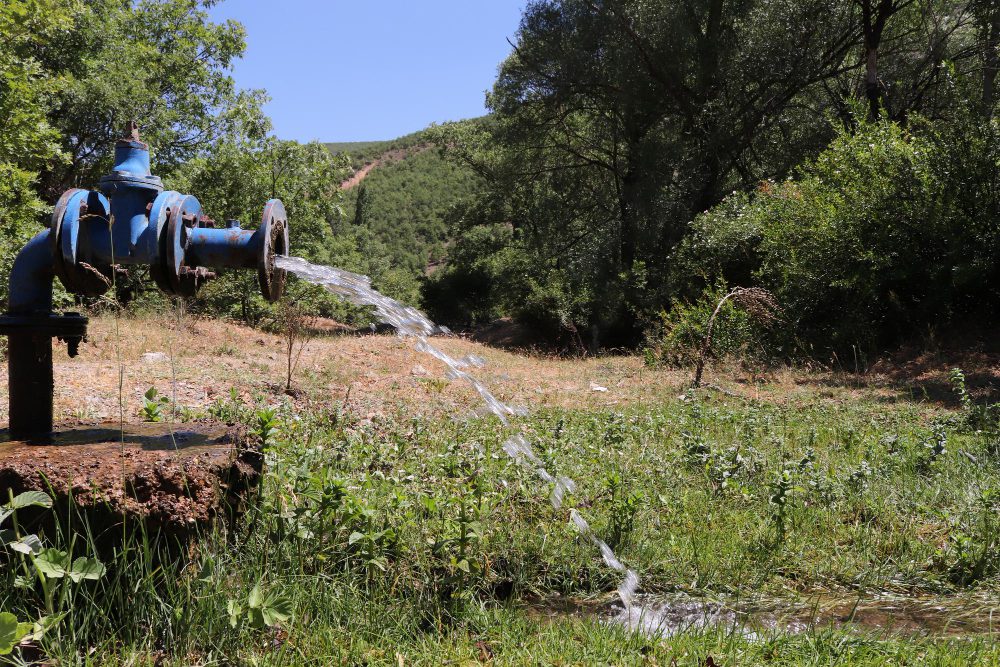When it comes to irrigation systems, choosing between drip and sprinkler methods isn’t the only important decision. The pipe for irrigation you choose can significantly affect efficiency, water pressure, and overall system lifespan.

Drip irrigation is ideal for delivering water directly to plant roots. It uses a network of valves, tubing, and emitters to ensure precise watering. In contrast, sprinkler systems mimic rainfall by spraying water over a larger area, making them suitable for lawns or large-scale agriculture.
But here’s the kicker—both systems are only as effective as the pipes behind them.
In drip systems, flexible plastic pipes are often used because of their low-pressure needs and ease of layout across planting beds. However, when it comes to durability, they fall short. Plastic can degrade in sunlight, and leaks are common over time.
This is where steel pipe becomes a game-changer. Although not traditionally used in basic residential systems, commercial and high-efficiency irrigation setups benefit greatly from the strength and lifespan of steel. Whether you’re distributing water over long distances or running pipes underground, steel holds up—resisting pressure changes, root intrusion, and wear from environmental exposure.
In sprinkler systems, pressure and flow rate are critical. Poor-quality piping can lead to bursts, uneven spray patterns, and wasted water. That’s why selecting the right pipe for irrigation ensures consistent pressure, prevents loss, and extends the system’s life.
Farmers and commercial landscapers, in particular, rely on strong, corrosion-resistant piping. Integrating durable materials like steel pipe early on saves money on future repairs and replacements.
A common misconception is that all irrigation systems should use lightweight piping to cut costs. But initial savings often lead to long-term expenses when cheap pipes fail under pressure or degrade due to sunlight or soil contact.
Also worth noting: pipe size and diameter play a critical role. Drip systems need narrow pipes to maintain control over flow, while sprinkler setups may require wider pipes to maintain enough pressure. This makes pipe selection not just about material but also about matching your system’s needs.
In short, understanding the difference between drip and sprinkler irrigation is step one. Step two is realizing that the type of pipe for irrigation you choose can dramatically improve or limit your system’s performance. From preventing leaks to ensuring water efficiency, your pipe choice is just as important as the irrigation method itself.

